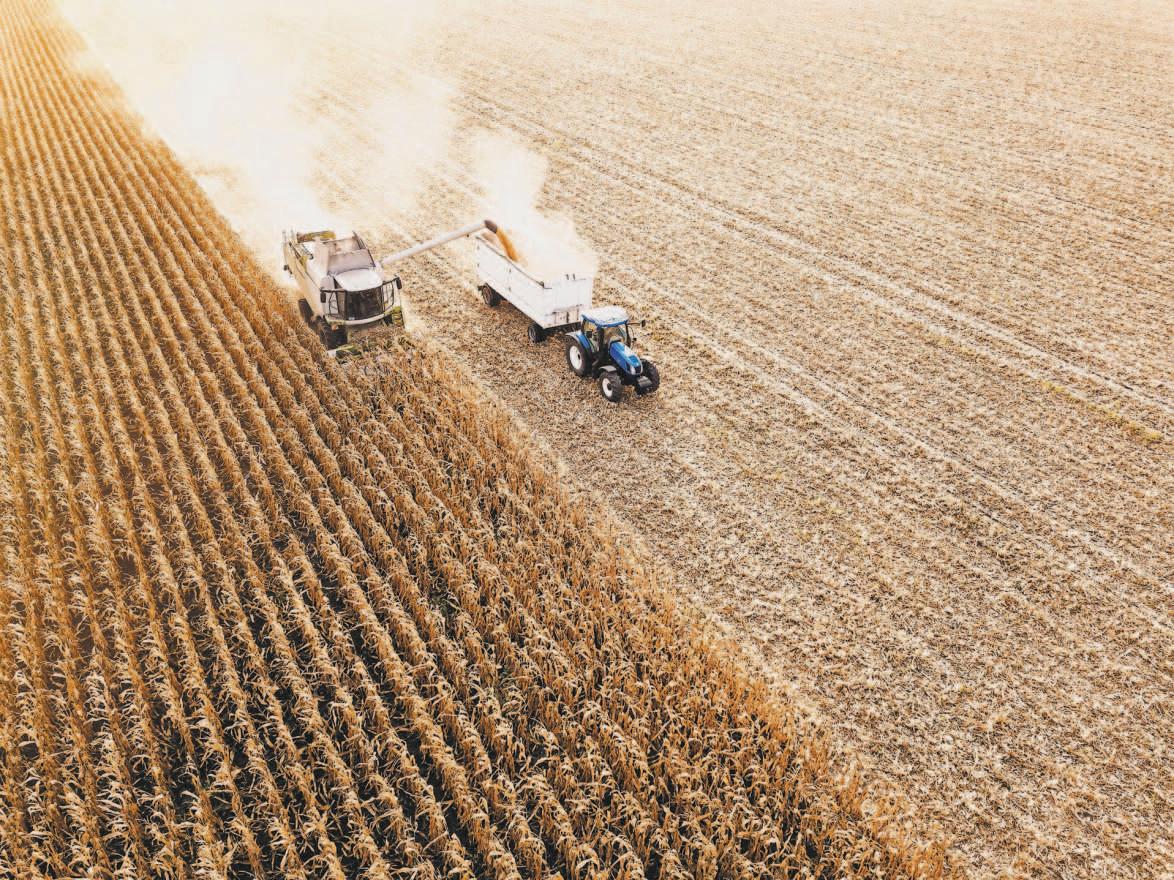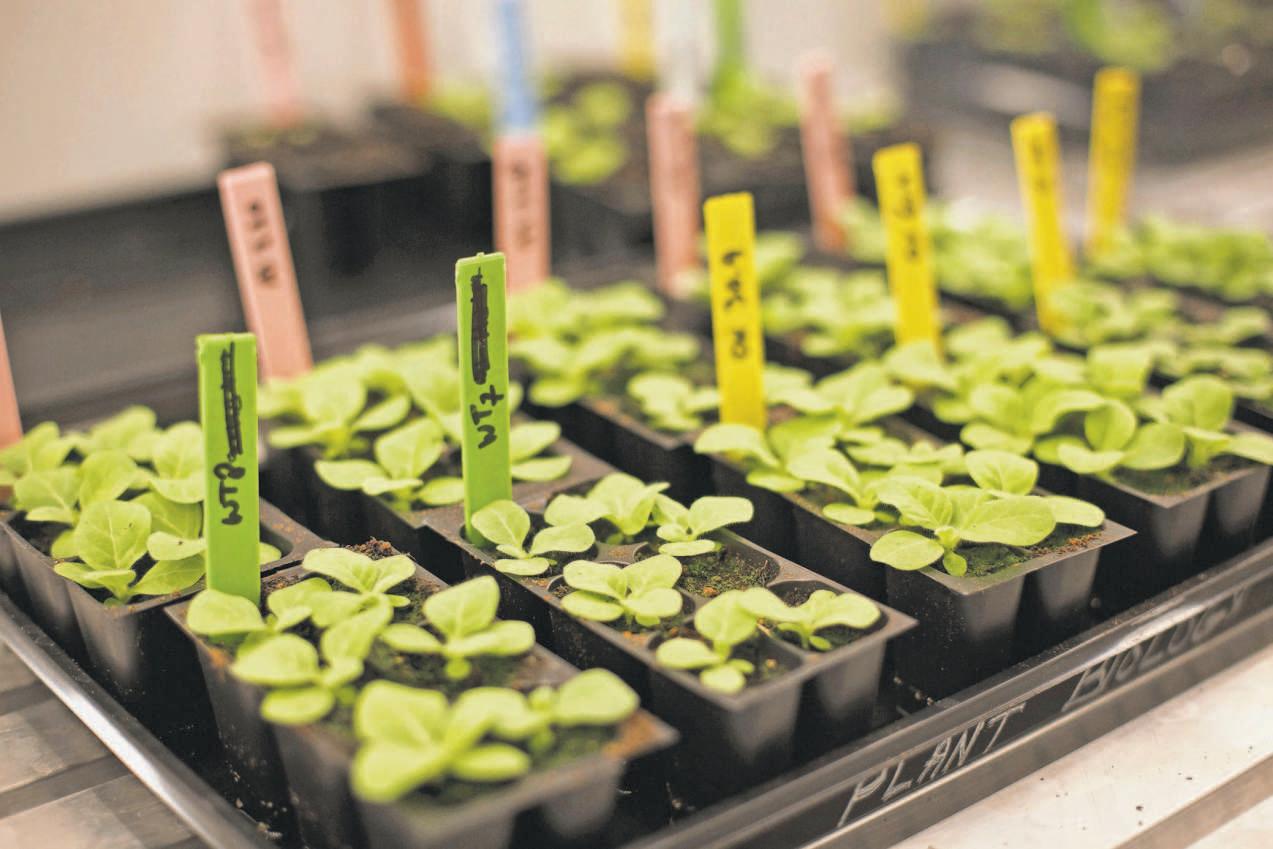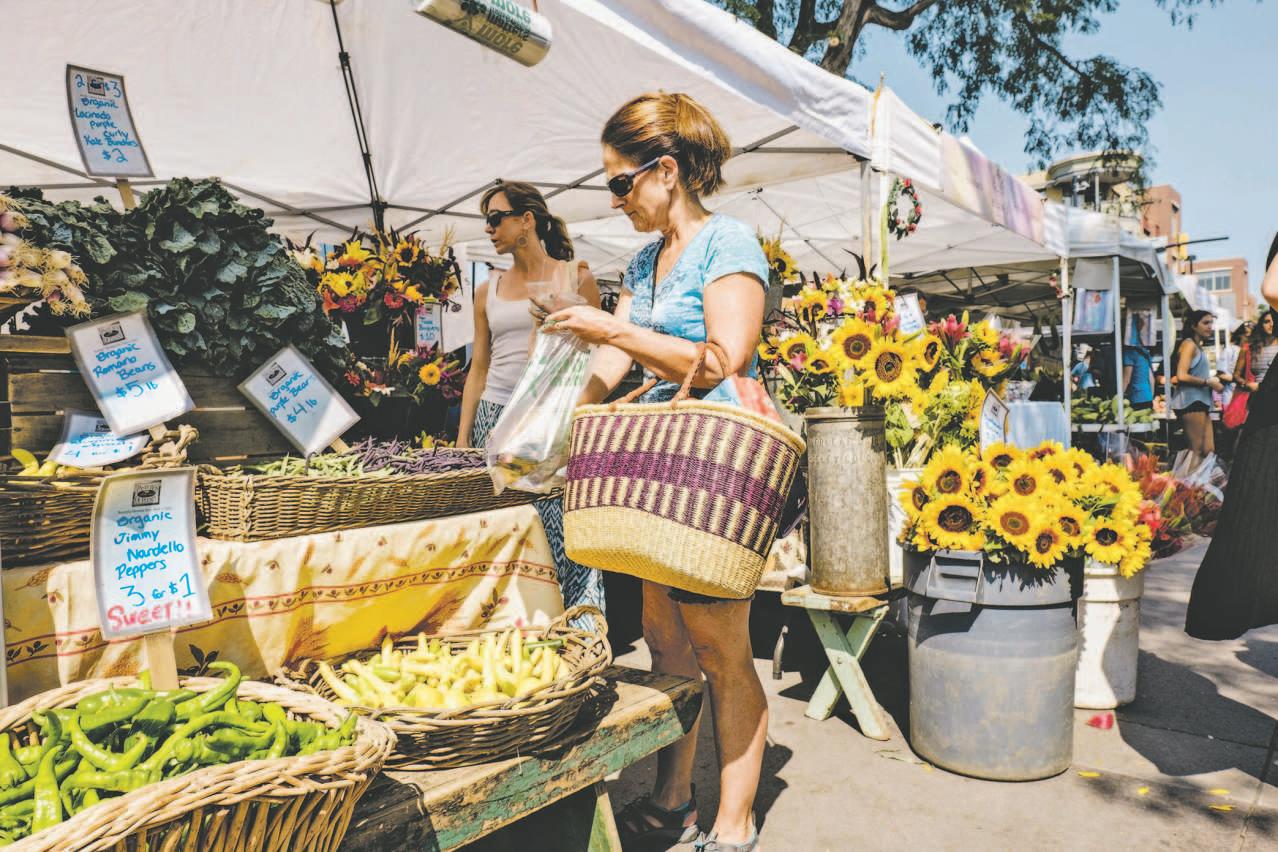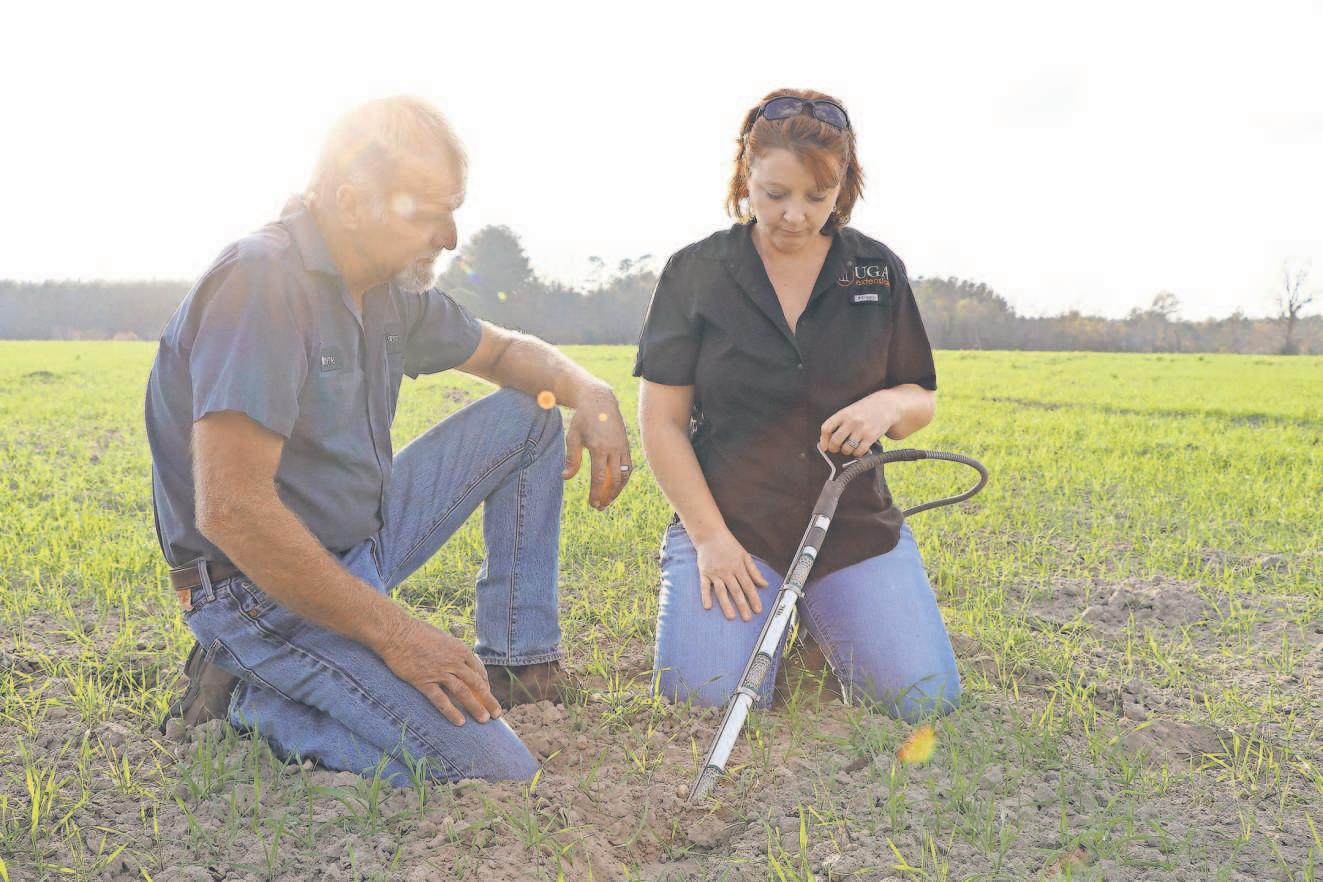
3 minute read
STATE OF AFFAIRS
NEWS
Mixed Market
Advertisement
Farmers challenged by trade war, volatile weather
By Brian Barth
AFTER SEVERAL YEARS OF cataclysmic headlines — dairy bankruptcies, rotting acres of soybeans , a spate of farmer suicides — 2020 brought a welcome reprieve with some good news for rural America. On Jan. 15, President Donald Trump signed a trade deal with China, the most significant truce to date in a dispute that has hit agriculture, especially soybean farmers, harder than any other industry in the country. Total U.S. farm exports to China were cut nearly in half between 2017 and 2018, while soybean exports dropped about 75 percent.
While the deal does not eliminate the tariffs that were already in place, it prevents a new round of tariffs from going into effect and gives a big, belated Christmas present to farmers: The deal commits China to the purchase of $200 billion worth of American goods over the next two years, including $40 billion in agricultural products — more than American farmers were exporting to the country before the trade war began.
“It’s a great day for American agriculGETTY IMAGES
ture,” USDA Secretary Sonny Perdue said of the deal . The federal aid doled out to farmers for the past two years to compensate for their losses would no longer be needed, he said.
The trade war, coupled with recurrent flooding of Midwest farmland, led to a significant drop in planted corn and soybean acreage last year. While there’s no telling what Mother Nature will bring this year, farmers are gearing up to plant significantly more acres in hopes of reaping the benefits of the trade deal.
But this is not to say that the agricultural economy is suddenly back to some bucolic state. One bullet has been dodged, but heightened risk seems to be the new norm. Just ask the insurance industry.
Michael Williams, an agribusiness insurance veteran who is a vice president at Travelers , said bad weather has become an ongoing woe for farmers across the country. “The No. 1 risk on our minds from an insurance carrier perspective — and I think on the minds of farmers and ranchers — is weather exposure. We see an increasing frequency and severity of damaging weather throughout the country, and our customers are feeling it.” Federal crop insurance addresses
NEWS
Damaged soybean crop


GETTY IMAGES
weather-related losses to crops and livestock, but private companies like Travelers pick up the slack when it comes to property damage to buildings and equipment as a result of high winds, hail, flooding and wildfire, Williams said. The unfortunate reality of a changing climate is an increase in insurance rates. Otherwise, insurance companies would not be able to serve farmers in high-risk areas at all. But Williams said Travelers also advises its clients on ways they can mitigate their risks, and potentially lower their rates, including specialized construction methods for outbuildings and

LANCE CHEUNG/USDA
extra precautions for protecting valuable equipment.
Williams advises farmers to consider insurance for things they might not have considered in the past. For example, hightech farm equipment, such as drones and driverless tractors, has introduced enormous new liabilities, including the threat of data breaches.
From a volatile trade climate to extreme weather, new risks drive up operating costs and threaten agricultural livelihoods, and can call into question whether the present food system is GETTY IMAGES
fully sustainable. Eric Deeble, policy director at the National Sustainable Agriculture Coalition , said ecological and economic sustainability are deeply intertwined. “It’s an integrated system with integrated problems,” he said. “You can’t have sustainable agriculture without farms being able to sustain themselves, and everyone in agriculture right now is struggling to maintain an economically viable operation. We have to look at every point along the food system and make sure that both producers and consumers are treated equitably and that everybody gets what they need.”










